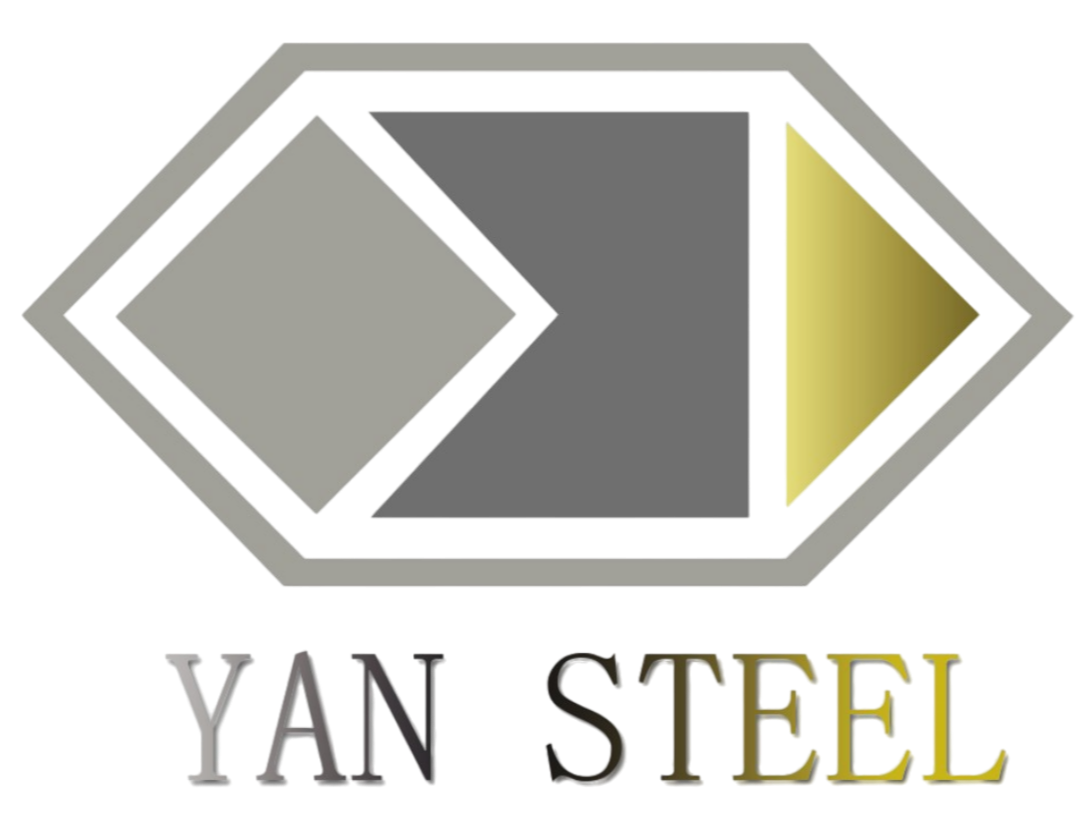ZAM-beklätt stål: Egenskaper, standarder & bästa användningsområden inom tillverkning
ZAM-belagt stål är ett högpresterande material som vinner popularitet inom tillverkning. Dess namn kommer från dess unika beläggning: en blandning av zink (Z), aluminium (A) och magnesium (M). Denna ZAM-beläggning ger stålet exceptionella egenskaper som gör det att sticka ut från traditionella beklädda stål såsom galvaniserat stål . Låt oss utforska dess viktigaste egenskaper, de standarder som styr det och varför det blir ett av de främsta valen inom olika tillverkningsfält.
1. Viktiga egenskaper hos ZAM-beklätt stål
ZAM-beklätt ståls popularitet beror på dess unika kombination av egenskaper, vilket gör det hållbarare och mer mångsidigt än många andra beklädda stål:
- Överlägsen korrosionsbeständighet : ZAM-beklädnaden (vanligtvis 5–20 % aluminium, 1–3 % magnesium och resten zink) bildar ett skyddande lager som motstår rost och korrosion. Tester visar att den håller 5–10 gånger längre än traditionell varmförzinkad stål i hårda miljöer, såsom kustnära områden med saltvattenpåverkan eller industriområden med kemikalier. Till exempel kan ett ZAM-beklädat ståltak i en kuststad förbli rostfritt i över 30 år, medan ett förzinkat tak kan behöva ersättas inom 10–15 år.
- Stark hängning : ZAM-beklädnaden binder starkt till stålsubstratet (grundstålet). Det innebär att den inte lätt flagnar eller lossnar, även vid böjning, stansning eller svetsning. Detta är avgörande i tillverkning, där stålet ofta formas till komponenter – ett flagnande lager skulle utsätta stålet för korrosion.
- God formbarhet : Trots sitt hårda ytbehandlingslager förblir ZAM Coating stål flexibelt. Det kan böjas, rullas eller stansas till komplexa former utan att ytbehandlingen spricker. Detta gör det lättanvänt i tillverkningsprocesser såsom tillverkning av bilkomponenter eller krökta takpaneler.
- Värmebeständighet : ZAM-behandlingen tål högre temperaturer än vanligt galvaniserat stål. Den förblir stabil vid temperaturer upp till 300°C (572°F), vilket gör den lämplig för komponenter som utsätts för värme, såsom motorkomponenter eller industriella ugnar.
- Låg underhåll : När ZAM Coating stål väl är installerat krävs det lite underhåll. Till skillnad från målat stål behöver det inte regelbundet målas om för att förbli skyddat. Detta spar tid och pengar på lång sikt.
Dessa egenskaper gör ZAM Coating stål till ett pålitligt val för tillverkningsapplikationer där hållbarhet och prestanda är viktigast.
2. Standarder för ZAM Coating stål
För att säkerställa kvalitet och konsekvens regleras ZAM Coating-stål av internationella standarder. Dessa standarder fastställer regler för sammansättning, beläggnings tjocklek, prestanda och tester:
- JIS G 3321 (Japan) : Detta är den främsta standarden för ZAM Coating-stål. Den anger beläggningens kemiska sammansättning (zink, aluminium, magnesium-kvoter), minsta beläggningstjocklek (vanligtvis 60–275 g/m², beroende på användning) och korrosions motståndstester (såsom salt spray-tester). Tillverkare i Japan och många asiatiska länder följer denna standard.
- ASTM A1046 (USA) : Även om den inte är specifik för ZAM, omfattar denna standard zink-aluminium-magnesium-belagda stål, inklusive ZAM. Den anger krav på mekaniska egenskaper (draghållfasthet, förlängning) och tests för beläggningsadhesion (såsom böjtester för att kontrollera flagningsresistens).
- EN 10346 (Europa) : Denna europeiska standard omfattar riktlinjer för zinkbaserade belagda stål, med bestämmelser för ZAM-belagt stål. Den fokuserar på beläggningsvikt, duktilitet och korrosionsprestanda, och säkerställer kompatibilitet med europeiska tillverkningsbehov.
Dessa standarder hjälper tillverkare och köpare att säkerställa att ZAM-belagt stål uppfyller de krav som gäller på kvalitet. Till exempel kontrollerar en tillverkare av bilkomponenter att deras ZAM-belagta stål uppfyller JIS G 3321 för att säkerställa att det tål korrosion i svåra väderförhållanden.

3. Bästa användningsområden för ZAM-belagt stål inom tillverkning
Egenskaperna hos ZAM-belagt stål gör det idealiskt för specifika tillverkningsapplikationer. Här är dess främsta användningsområden:
- Fordonsproduktion : Bilar och lastbilar behöver komponenter som tål rost från regn, salt och vägkemikalier. ZAM-belagt stål används för underredskomponenter (såsom chassier, hjulbågar), dörrramar och avgasdelar. Dess korrosionsbeständighet säkerställer att dessa delar håller längre, vilket minskar underhållskostnaderna för bilägare.
- Bygg- och anläggningsindustrin : Tak, väggpaneler, staket och utomhusstrukturer (som broar eller gatlampor) drar nytta av ZAM-beklädnadens stål. I kustnära områden eller industriområden bidrar dess motstånd mot salt- och kemikaliekorrosion till att dessa strukturer behåller sitt utseende och sin styrka i årtionden. Till exempel kan ett ZAM-beklädnadsstål-tak på ett lagerhus tåla 30+ år med regn och sol utan att rosta.
- Hushållsapparater : Tvättmaskiner, kylskåp och luftkonditioneringar har delar som utsätts för fukt (som trumman i en tvättmaskin) eller luftfuktighet (som en fryssnedkylare). ZAM-beklädnadsstål förhindrar att dessa delar rostar, vilket förlänger apparatens livslängd.
- Jordbruksutrustning : Traktorer, plogar och lagringssilor används utomhus, ofta i blöt eller lera. ZAM-beklädnadsstål motstår korrosion från regn, jord och gödningsmedel, vilket håller utrustningen i gott skick säsong efter säsong.
- Industriella containrar behållare för kemikalier, vatten eller mat måste vara läckagesäkra och rostfria. ZAM-beklädnad stål används för att tillverka dessa behållare, eftersom dess beläggning inte reagerar med de flesta kemikalier och skyddar innehållet.
I varje en av dessa användningsområden överträffar ZAM-beklädnad stål traditionella legerade stål, erbjuder bättre hållbarhet och lägre långsiktiga kostnader.
Vanliga frågor
Hur jämför sig ZAM-beklädnad stål med galvaniserat stål?
ZAM-beklädnad stål har bättre korrosionsmotstånd (5–10 gånger längre livslängd), starkare beläggningsadhesion och högre värmetålighet än traditionellt galvaniserat stål. Det är dyrare från början men spar pengar på lång sikt vad gäller underhåll.
Vilken är den typiska tjockleken på ZAM-beläggningen?
Beläggnings tjocklek varierar från 60 g/m² (tunn, för lätt användning) till 275 g/m² (tjock, för tunga korrosionsmiljöer som kustnära områden). Tjockleken väljs beroende på ansökningsbehov.
Kan ZAM-beklädnad stål svetsas?
Ja, men försiktigt. Veddning ger upphov till värme som kan skada beläggningen nära svetsningen. Att svetsa med låg värme och att slita upp svetsområdet med zinkrik färg bidrar till att bibehålla korrosionsbeständigheten.
Är ZAM Coating stål lämplig för måleri?
- Ja, det är det. Den släta ytan på ZAM-beläggningen gör att färgen kan hålla sig bra. Måla kan ge färg eller extra skydd, men det krävs inte för korrosionsbeständighet.
Hur länge håller ZAM Coating stål utomhus?
I milda miljöer (som innerstadsområden) kan den hålla i 30+ år. I hårda miljöer (kust, industri) håller den 15-25 år, mycket längre än galvaniserat stål (5-15 år under samma förhållanden).

